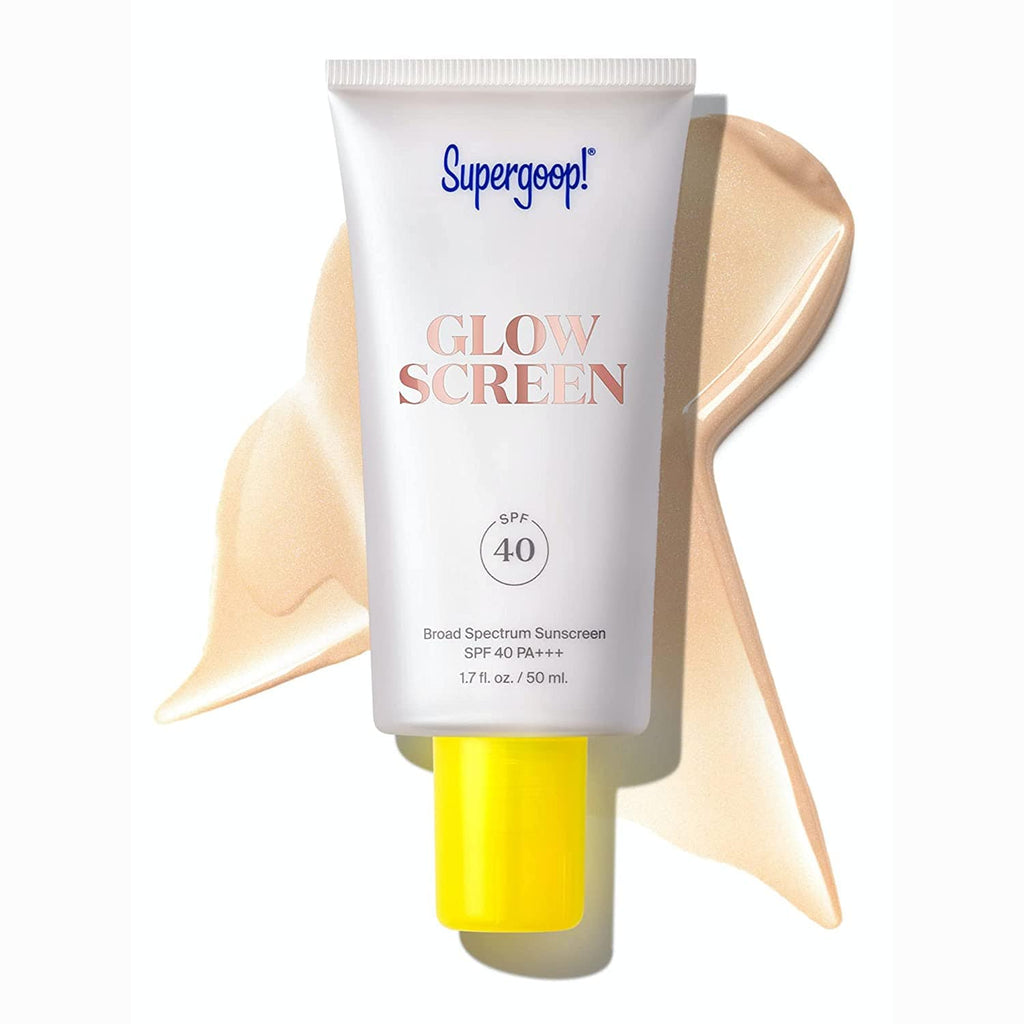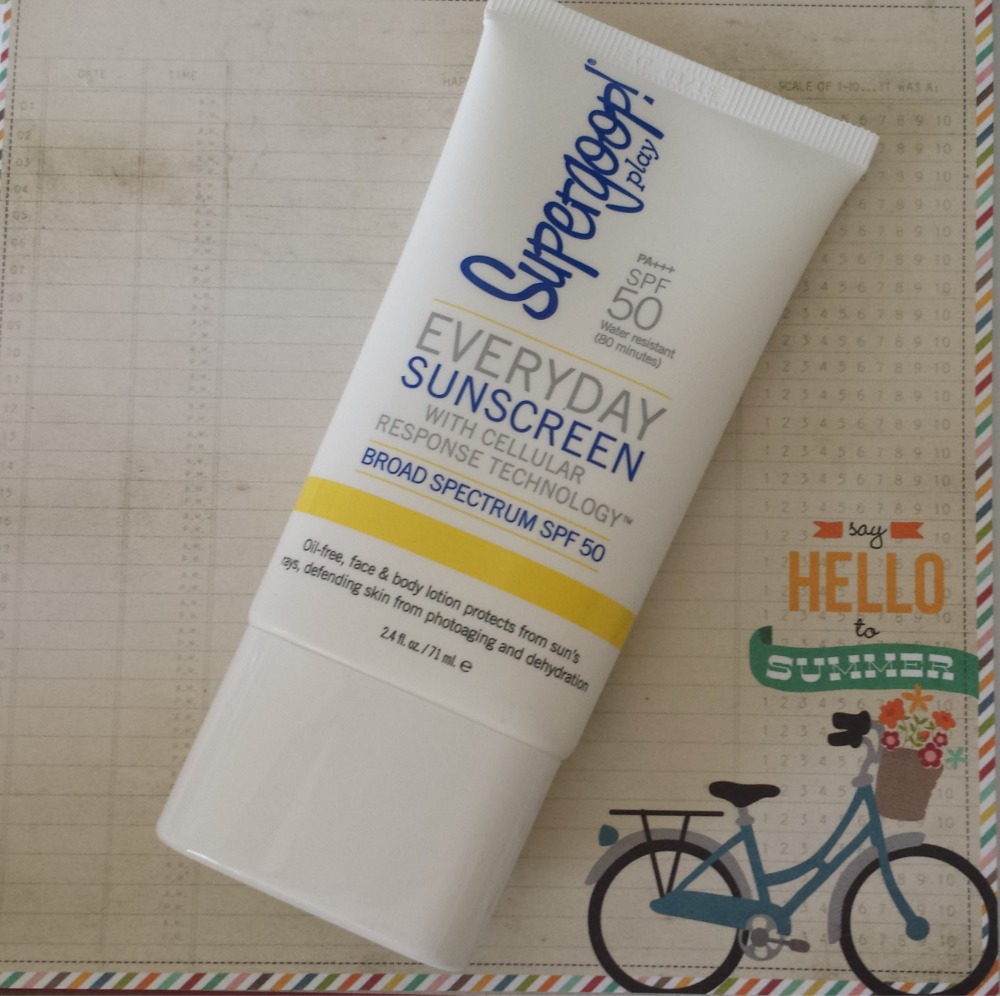
The sun gives off two kinds of potentially damaging rays.
Supergoop sunscreen skin#
Skin cancer, by contrast, is almost always caused by one thing: excess sun exposure. Many cancers are caused by an opaque confluence of genes, lifestyle and bad luck, making them extremely difficult to avoid. Those stats are especially striking because most skin cancers are preventable. About a fifth of Americans will develop some form of it during their lifetimes, and about 7,000 die from melanoma each year. Skin cancer is the most common type of cancer in the U.S. And consumer watchdogs like the Environmental Working Group routinely publish warnings about the potential health risks of sunscreen chemicals like oxybenzone recently, many have pointed to a 2020 study that found uncertain evidence it could cause thyroid tumors in rats. The FDA in 2019 requested extra safety data on sunscreen components as part of a more stringent regulatory strategy. In 2018, for example, Hawaii passed a ban on sunscreens containing the chemicals oxybenzone and octinoxate, for fear they could damage coral reefs. But it’s hard to blame consumers for asking questions, given persistent concerns about the environmental and health effects of sunscreen. Food and Drug Administration (FDA) and the American Academy of Dermatology (AAD) maintain that wearing sunscreen is safe, and crucial to reducing the risk of skin cancer. The company stressed that the recall came from an abundance of caution, and that “the levels detected in our testing would not be expected to cause adverse health consequences,” but it still kicked off a fresh flurry of worrisome news stories. But in July, Johnson & Johnson voluntarily recalled five of its Neutrogena and Aveeno sunscreen sprays due to the presence of benzene. Benzene is not an ingredient in sunscreens, but rather a contaminant likely introduced during the manufacturing process, and experts say it’s not clear whether the amount detected in sunscreens could actually lead to health risks. What is the most exciting part of our journey is that we are now coming full-circle in launching Ounce by Ounce-a giving program to put sunscreen into schools across America with the goal of reaching 1,000 classrooms in 2018.This year, the is-sunscreen-dangerous news cycle started in May, when Valisure, an independent laboratory dedicated to quality-testing pharmaceuticals and personal-care products, released a report warning that its scientists found benzene-a carcinogen also found in vehicle emissions and cigarette smoke-in 78 U.S. After all, we were on a big mission to change the way the world thinks about sunscreen! Still today, Sephora has been a fabulous retail and partner in education for us. I looked to those retailers, like Sephora, that wanted to help tell our story and that genuinely wanted to help educate consumers on the importance of daily SPF, year-round. I quickly pivoted and taught myself the business of retail.


Sun care was a very sleepy category in 2008, and schools also weren't ready to hear that it was their responsibility to take on teaching this healthy habit. What I quickly learned was that due to it being classified as an over-the-counter drug, SPF was actually not allowed on school campuses across America. My original concept was to place our first Supergoop formula- Everyday SPF 50-into school classrooms across America.


 0 kommentar(er)
0 kommentar(er)
